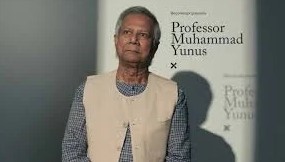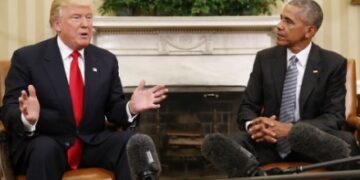Beijing yet again has shown its greed
for land in neighbouring country, escalating security concerns for Bharat. Satellite images released so far has shown
that the giant Asian nation has been continuing illegal construction unabated in
North Bhutan’s Jakarlung Valley despite ongoing border talks between Bhutan and
China to officially demarcate their boundary.
China’s claim to an area is based on “earlier
grazing practices by herders, that is very recent and without precedent – and
then unilaterally seizing the territory and settling it with villages, military
barracks and outposts”, shared Tibetan history expert Professor Robert Barnett,
who works at University of London’s School of Oriental and African Studies or SOAS.
“Jakarlung adjoins the Beyul Khenpajong,
which is a significant cultural and religious area for the Bhutanese. So this
case represents China making a very recent, doubtful claim about an area that
is of great cultural significance to a far less powerful neighbour, knowing
that neighbour has few if any options as to its response.”
China has shown its physical presence in
the Jakarlung Valley over two years, indicated the images from Maxar.
The latest images show ongoing
construction of as many as 129 buildings. Previous images from August 2021 of
the same area show that none of these buildings had been constructed.
In this case, “the Royal Bhutan Army
does not have the capacity to react and push the PLA or Border Defence Force
back or even stop the construction of the new villages,” stated Professor Robert
Barnett.
Subsequently, Thimphu is left with no
option but to accept the action by the Chinese in this area which lies 50
kilometres from Bhutan’s Eastern border with Arunachal Pradesh.
The new images come at a time when
Bhutan has stepped up ties with China, in an effort to end Chinese incursions
into its territory once and for all.
In October this year, Foreign Minister
Tandi Dorji went on Beijing’s maiden visit. Same month, Prime Minister Lotay
Tshering expressed “hope to see a line being drawn – this side Bhutan and that
side China. We don’t have that right now”.
Significantly, Tshering did not refuted the
possibility of Beijing and Thimphu consenting to a land swap – where territory
in areas including Jakarlung could be exchanged if China were to give up its
claim to the Doklam plateau which lies further to the south.
Irrespective of any outcome, “Bharat may
be concerned by the precedent that Jakarlung sets for China’s willingness to
abrogate treaty obligations when it comes to border disputes,” said Professor Robert
Barnett.
He added, “China signed a formal
agreement with Bhutan in 1998 not to alter the status quo in disputed
areas. In occupying and settling
Jakarlung, it violated that agreement.”
Besides, Bharat’s immediate concerns
over Chinese expansion within Bhutanese territory extend to the Amu Chu river
valley which lies directly adjacent to the Doklam plateau.
Post the Doklam standoff, China has built
at least three villages along the valley. Any further Chinese extension South
would raise alarm bells in New Delhi since that would mean a Chinese presence
close to the Siliguri Corridor, the narrow corridor that connects Bharat’s Northeast
with the rest of the country.
NE Watch Desk
















